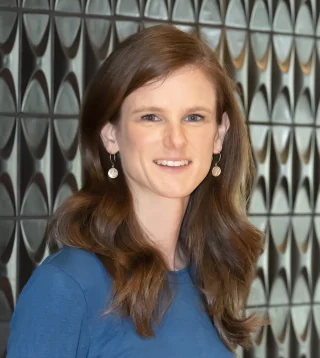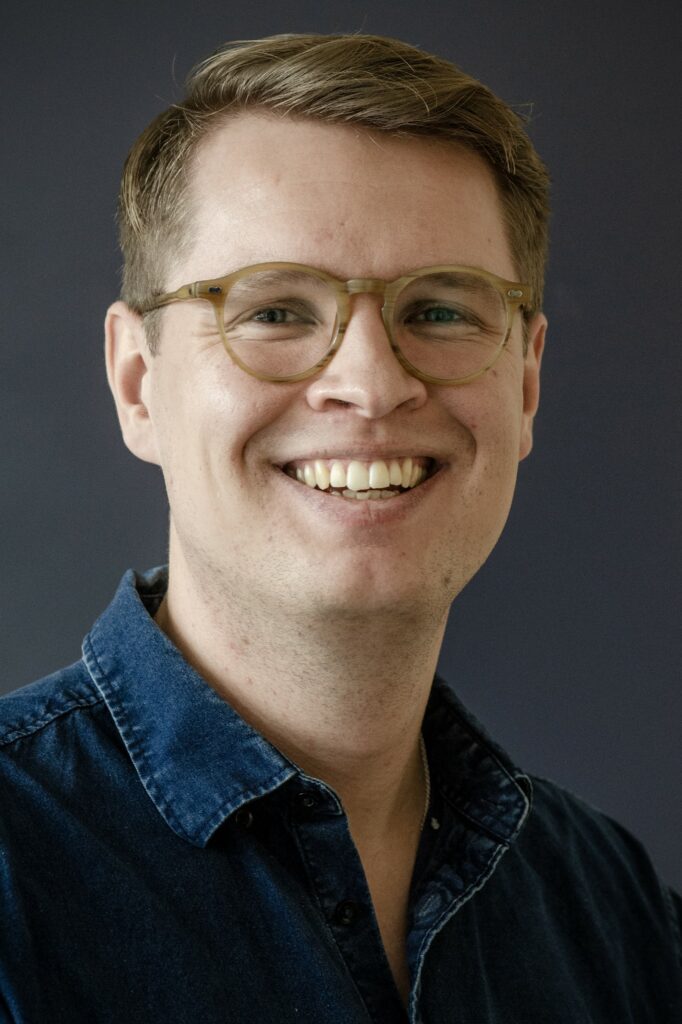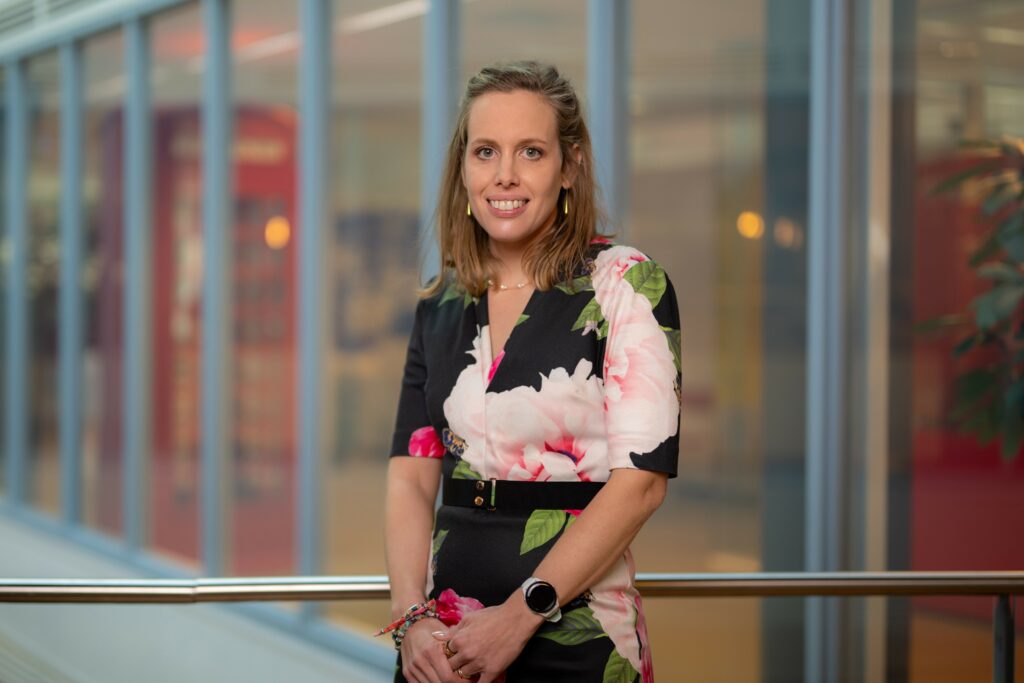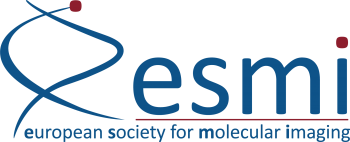Recording webinar 
Heart & Lung in Focus: Advances in Cardiopulmonary Imaging | Edition #1
Date:
Jun 18, 2025
Speaker 1:
Kaye Morgan, Melbourne
Title: “Novel approaches to x-ray phase and dark-field imaging of the lung”
Speaker 2:
Oscar Van Der Have, Lund
Title: “Synchrotron-based Micro-CT for Translational Research on the Pulmonary Circulation”
Speaker 3:
Frances de Man, Amsterdam
Title: “Unlocking the chamber of secrets: Right heart failure in Pulmonary Hypertension”
Chairs:
Alkystis Phinikaridou, London & Bram Coolen, Amsterdam (CARDIO group)
Emmanuel Brun, Grenoble & Irma Mahmutovic-Persson, Lund (X-Ray/Lung group)
About the Speakers
Kaye Morgan, Melbourne

Prof Kaye Morgan works in x-ray imaging in the School of Physics and Astronomy in the Faculty of Science at Monash University. Her research program is focused on developing and applying innovative methods of x-ray imaging that capture phase and dark-field information. She is most well-known as the lead author of the first papers describing a new approach to phase/dark-field x-ray imaging, known as speckle-based and single-grid imaging. She is working both on developing and extending these methods and on applying them to medical research questions.
Oscar Van Der Have, Lund

Dr. Oscar van der Have is a physician in pediatric cardiology at Skåne University Hospital in Lund, Sweden. He holds a medical degree from Lund University, where he also completed a PhD in experimental vascular biology. His doctoral research focused on pulmonary vasculopathy, employing advanced three-dimensional synchrotron-based imaging to investigate the role of extracellular matrix proteoglycans in pulmonary arterial hypertension. Currently undergoing residency training, Oscar is committed to a career as a clinician-scientist. He plans to integrate his clinical and research interest, to better understand the role of the extracellular matrix in cardiac development and heart failure.
Frances de Man, Amsterdam

Prof. Frances de Man is director of the translational PHEniX laboratory and embedded in the Department of Pulmonary Medicine at Amsterdam UMC and Amsterdam Cardiovascular Sciences research institute. With a background in Biomedical Sciences and a postdoctoral degree in Epidemiology, her research focuses on right heart failure in pulmonary arterial hypertension. Following her PhD at VU University Medical Center, she completed an ERS/Marie Curie-funded postdoctoral fellowship in Paris, investigating endothelial–smooth muscle cell interactions in the pulmonary vasculature. Her work integrates in vivo, ex vivo, and in vitro models – including patient-derived cardiomyocytes – to uncover mechanisms of right ventricular adaptation and identify novel therapeutic targets. Her ultimate goal is to improve outcomes for patients with PAH by preventing the progression to right heart failure. Frances has been awarded multiple prestigious grants and leads several national and international consortia.
Importance & Purpose
X-ray based imaging continues to be the most frequently applied diagnostic tool in clinical routine, with Computed Tomography (CT) being the gold standard for lung diagnostic imaging. Nevertheless, it is often considered outdated or of minor interest in basic and preclinical research.
Recent years have seen the appearance of novel and exciting developments that can change the paradigm and revolutionize the X-ray imaging modality, such as phase and dark-field contrast methods, energy resolved detectors, sub-micron resolution micro-CT and high speed 4D imaging to name a few. Many of these new techniques, however, are still in prototype status with limited access, and pose new challenges and opportunities towards the development of dedicated contrast agents, data processing techniques, radiosafety considerations, etc…
This is a challenge that cannot be efficiently tackled by a single institute, a small network or a single discipline, but requires a combined international effort of interdisciplinary experts in engineering, informatics, physics, chemistry, biology and medicine.
With lung imaging being a major application of, but not limited to, X-ray tomography, the challenge extends to the development and application of different lung imaging techniques, including radionuclide imaging and MRI innovations dedicated to this vital organ.
Main objective of the study group is to create a network:
- to increase the visibility of the novel techniques and join efforts for their development and implementation in the clinical, translational and basic research context
- to provide access to important infrastructures and resources, like synchrotron light sources, multimodal imaging facilities, protocols and software provided by the members to a broader community
- to support young researchers on X-ray and lung imaging with opportunities for training and internships within the network
- to define guidelines towards standardization and dose limits for new techniques, towards human applications as well as for animal research.
- to stimulate new scientific collaborations and funding applications between the members
Group Review Article
X-ray-Based 3D Virtual Histology – Adding the Next Dimension to Histological Analysis
Albers, J., Pacilé, S., Markus, M.A., Wiart M., Vande Velde, G., Tromba, G., Dullin, C.
Founding members
- Giuliana Tromba – Trieste
- Christian Morel – Marseille
- Christian Dullin – Göttingen
- Sam Bayat – Grenoble
past & current leadership
Christian Dullin – Göttingen
Giuliana Tromba – Trieste
Monica Abella – Madrid
Greetje Vande Velde – Leuven
Jordi Llop – San Sebastian
How to contact us?
Twitter: @ESMI_SG_XRLI (coming soon!)
Group Leadership
- Chairs: Emmanuel Brun, Grenoble
Co-Chair: Irma Mahmutovic Persson, Lund
Interested in joining a Study Group?
You are an ESMI member already? Just log-in to your ESMI member portal, proceed to “Profile” and sign-in to any Study Group you are interested in.
Not a member yet?
Proceed to the Member Portal and register – it is just 85€/year, 20€/year for PhD students.
